Basic Dynamics
- Skis must be travelling forward – like a bicycle
- This is mainly about using the outside leg (start of new turn) to push the centre of mass into the centre of the new turn – for the whole duration of the turn
- Notice in the photos below the outside leg is essentially straight in a skating action (flexion for absorption and other purposes is at the hip joint – Skating related photos added below)
- The centre of mass goes down toward the snow – and to complete the turn it comes back up – like a motorbike in a turn
- There is no “Centrifugal Force” acting on the skier – only a deflection inward away from a straight line. This deflection is used to lift the skier up at the end of the turn – which involves “finishing” the turn – I.E. turning almost back up the hill.

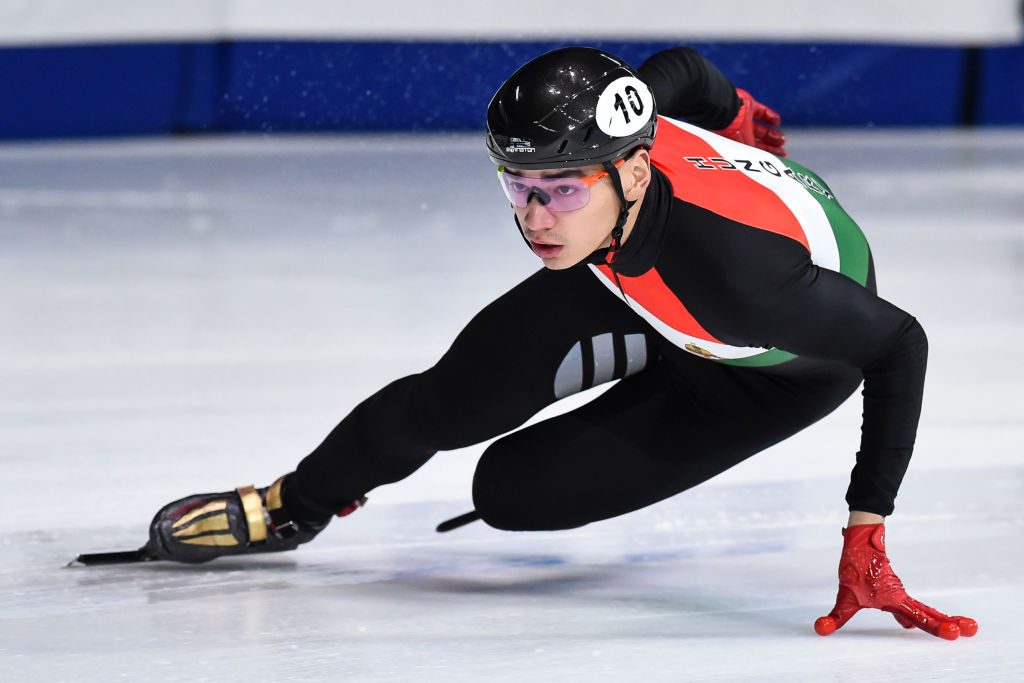
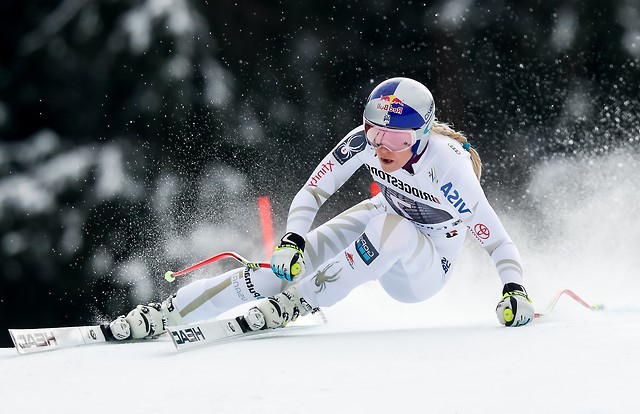
Feet
- Pronation of the subtalar joints of both feet simultaneously to place the feet on their inside edges
- Activation of the adductor muscles of the inner/upper legs
- Subtalar joint, adductor muscles, core all connected with tension when required
- This is for a solid support base for active dynamics/skating – so the ski is not pushed sideways and the centre of mass is moved inward instead

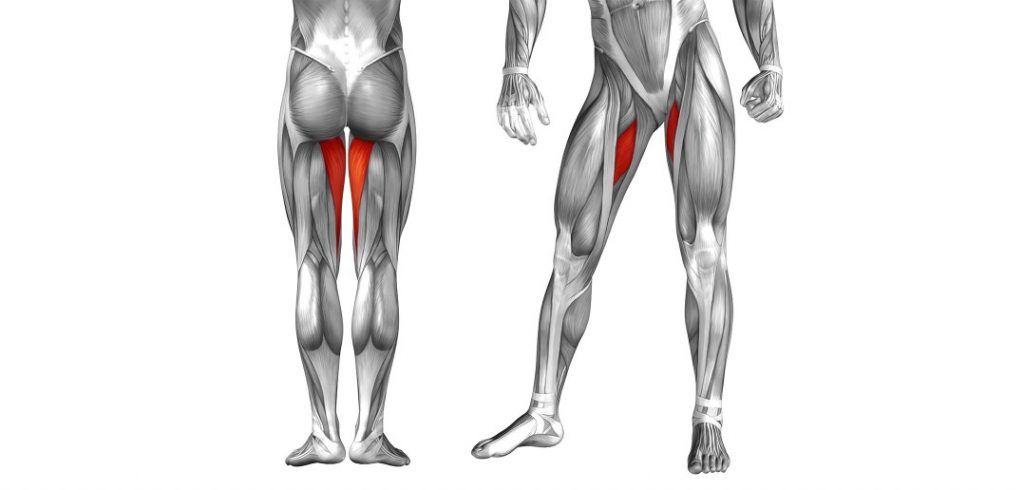
Side Slipping (Joystick Control of Centre of Mass)
- Feet close together (Both skis on uphill edges – both feet on inside edges)
- Move centre of mass downhill slightly to side slip
- Also move centre of mass either forward or backward to diagonally side slip
Strong Points
- Push (of Centre of Mass) from uphill leg visible
- Unnecessary flexing of outside leg avoided
- Increased inclination – less drifting
- Improved independent leg action
- Use of the outside ski from the beginning of the turn
- Turn completion improved
We are only just starting the technical development so I’m only commenting on what is appropriate with respect to the areas we are currently working in.
Be aware of the weakness of the left leg – you are simply not committing to pushing/standing with it. The consequence is that when initiating a turn to the right you are staying too long on the downhill right leg and using this as a platform to rotate your body into the new (right) turn. This is easily corrected.
Day 2
Skating (Moving the Centre of Mass)
Skiing is a form of skating – it’s just that skis bend and scribe arcs on the ground and are generally used on slopes not flat lakes. Skating actions are fundamental for a skier’s development because they involve independent leg action where only one leg at a time is really used. Although skiers can stand on two feet the body is oriented specifically on one hip joint at a time (when turning) and has to function as if standing on one leg. Skating exercises such as skating step turns are helpful in developing basic skills. Skating turns use diverging skis (opposite from snowplough) and incremental stepping of the centre of mass inward toward the turn centre. This is ideally the first sort of turning that any complete beginner should experience – on flat terrain. Today we could not find flat enough terrain so we will look for some tomorrow.
Pivot (Skis sliding Sideways)
Pivoting is derived from the skis sliding sideways and can be developed from side slipping. With a “pure pivot” as an exercise there is no forward travelling of the ski across the hill. Support for the centre of mass is now provided by support from a downhill pole plant. This is the real reason why we have ski poles! There is a full dedicated explanation of pivoting at the following link: “PIVOT“
The main element is that the ski tips swing (are pulled laterally by the centre of mass) inward toward the turn centre. (as opposed to either twisting the feet/legs or pushing/stemming the heels outward)
Combining Dynamics and Pivot
- Dynamics depends of forward motion of the skis and lateral falling/pushing of the centre of mass
- Pivot depends on lateral motion of the skis – but always with the centre of mass being driven inward (toward the turn centre)
- The two can be combined – when there is both forward and lateral motion – making overall control of trajectory and speed totally under control of the skier
- In all cases there must be subtaler joint pronation of both feet constantly
- The essential element to take from combining pivot and dynamics is to execute the turn transition from the uphill edge of the uphill ski – noting that the ski enters the new turn more easily than when on its inside edge and this also prevents stemming (and rotation)
Strong Points
- Ashley’s severe rotation on her right turns has magically vanished
- The leg extension with the uphill ski still on its uphill edge gave Ashley the sensation of skating – that’s because it led to a clear connection to moving the centre of mass
- The launching of dynamics from an uphill edged ski provides complete control over the turn (due to an automatic pivoting element) – to be developed further
- Less energy being used and more control on the steep sections
Leg Retraction
We started to look at leg retraction- so that when the outside leg extends to “push” the centre of mass the new inside leg is retracted at the level of the hip joint. This is mainly to ensure the inside leg does not block the body from falling into the next turn – especially during the second half of the turn where work is done against gravity.
Day 3
Body Management
(Hip Angulation)
There’s a compilation of notes on the subject here: http://madeinmountains.com/chiskiing/
Take a look at the two Olympic champion skiers in the photograph below.
Killy’s image from the 1960s has his chest facing downhill whereas Noel’s image from 2022 has his chest facing forward. What Killy is doing destroys your lower back and is probably why he never went on skis again after he stopped racing.

Protecting the Spine
- Hold the front of the pelvis up – aiming for “neutral pelvis”
- During the turn pull the outer hip backwards so that the ski doesn’t pull it in front of your ribs
- Look for a stretch between the ribs and hip joint
- Look for a reflex contraction of the lower abdominals – the postural reflex
- Keep the shoulders/chest following the skis (to some degree)
- Always “counter turn” the pelvis more than the chest/shoulders
- For tighter turns with more pivoting start to use the pole plant to some degree
- The more “countered” the pelvis the more the next turn can be “anticipated”
Elements to be added tomorrow….
- Assist the hips to relax by pulling the inside knee and foot toward the outside leg
- Meanwhile move both arms laterally into the new turn to help direct the centre of mass
- Retraction of inside leg at hip joint
Source of Hip Angulation
The upper body needs to tilt forward over one hip joint – then rotate around it. This is in addition to pulling back the outside hip etc.
The body shape produced alters the location of the centre of mass enabling pressure on the ski fronts and also greater agility both into and out of turns – and pole planting if the skis are swinging laterally.
The hip angulation also provides flexion of the hip joint that gives absorption of shocks.
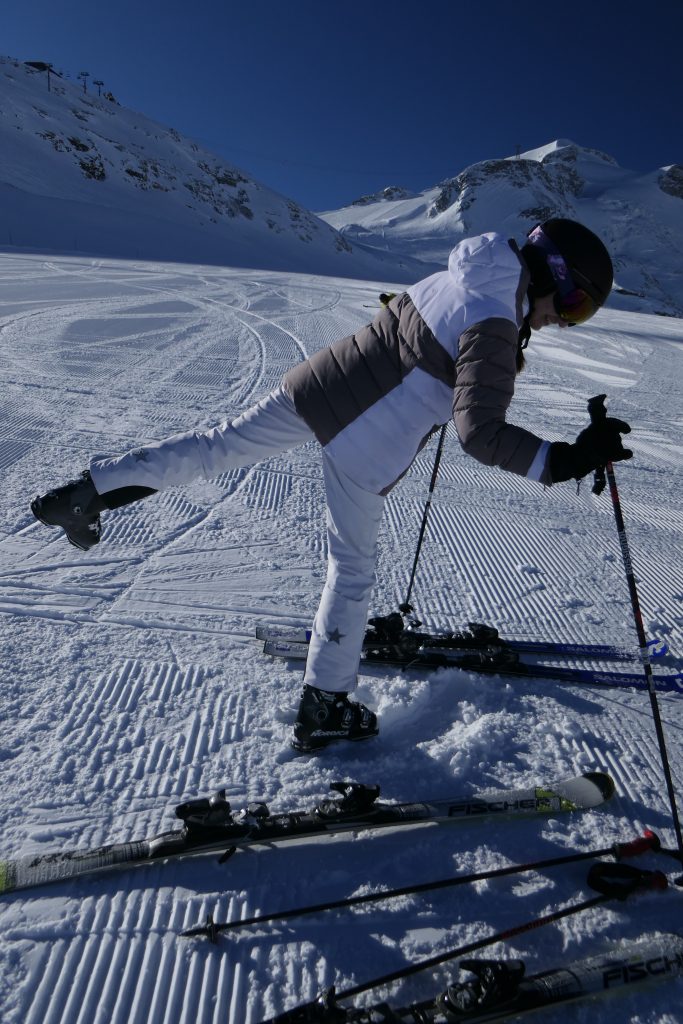
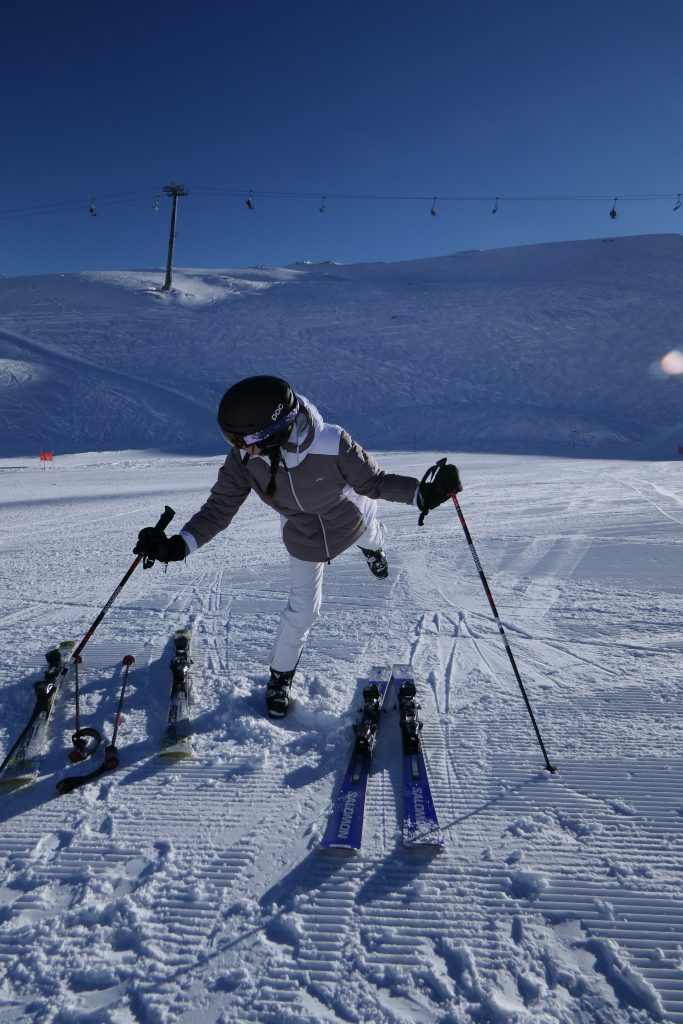
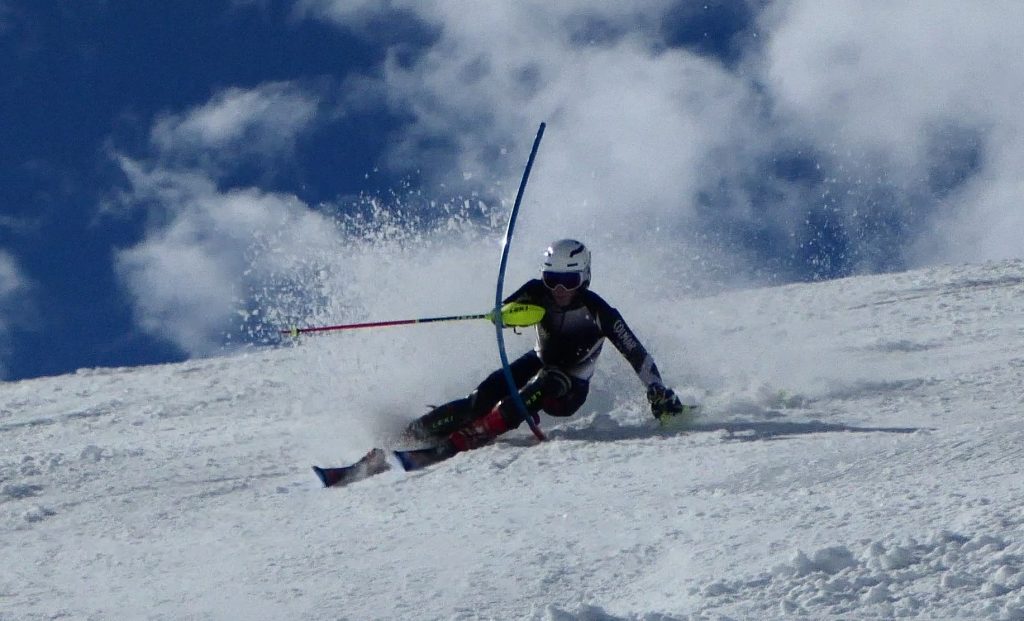
Arm Carriage and Upper Body
- The basic carriage for arms is wide apart and in front – for stability and agility
- Lower the shoulders to release tension
- Tilt the upper body forward at the hip joints (don’t straighten up between turns)
- Keep the hips above the feet (down sit down backwards)

Day 4
Unfortunately this morning was a washout on the mountain with a thunder and lightning display – very odd that the mountain opened at all.
Linking Turns – Dynamics and Rhythm
We had a moment on the snow where Ashleigh started to feel the dynamics and rhythm required to link short turns (hence control speed on steeps) – but then the heavens opened a water tap directly over our heads and we retreated to a café instead in an attempt to wait out the weather.
Linking short turns requires the skills of “pivoting” – swinging the skis laterally and supporting the centre of mass with a solid downhill planted ski pole. To make this happen fluidly you have to turn first of all almost back up the hill – generating hip angulation and keeping the pelvis facing more or less downhill then actively let the upper body cross over the downhill ski to get the ski pole planted – taking you directly into the next turn. When you can do this – you can ski at a controlled speed down just about anything.
The following is a reasonably good video of the process – with some extra jump turns added for good measure because it’s off piste.

